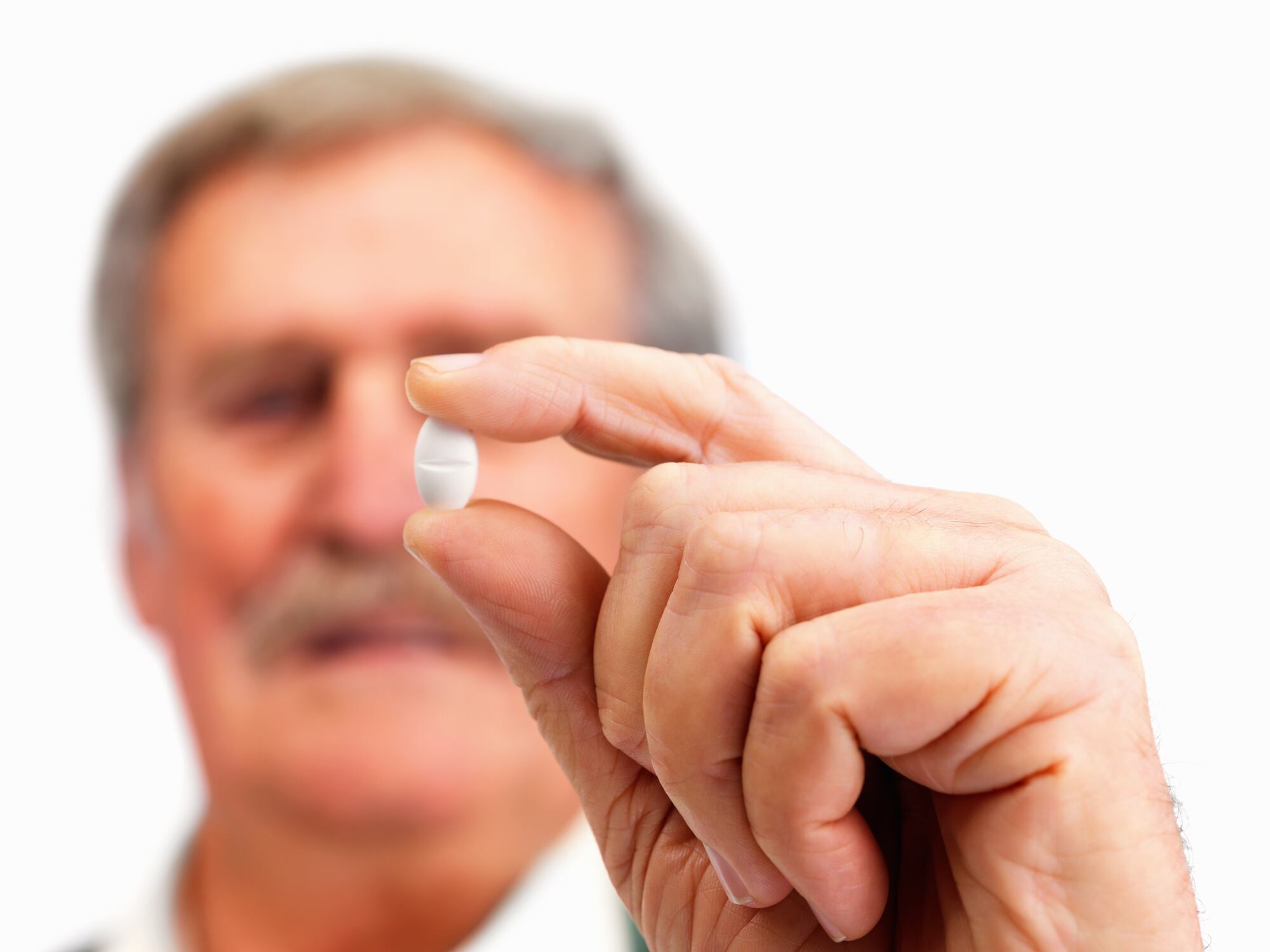SARS-CoV-2 is an RNA (Ribonucleic acid) virus responsible for the COVID-19 pandemic that has claimed more than 900,000 lives worldwide thus far, the majority of which are elderly and/or obese.
Selenium and RNA viral infections have drawn the attention of several scientific teams in the world and a recent research review, published in Frontiers in Nutrition, researchers conclude that Se deficiency promotes mutations, replication and virulence of RNA viruses, and presents a rationale for Se use at different stages of COVID-19.
Review co-author and paediatrician Dr Laurent Hiffler told NutraIngredients: "Selenium has been overlooked but may have a significant place in COVID-19 spectrum management, particularly in vulnerable elderly, and might represent a game changer in the global response to COVID-19.
"Pending the development of an effective vaccine, while faced with the deadly COVID-19 pandemic and especially the unprecedented pressure it exerts on the health care systems, the potential use and effectiveness (or not) of sodium selenite must be urgently tested and documented in outpatient as well as inpatient settings.
"Similarly, as some countries enter the post-confinement era and might be facing a threatening second wave, implementing a preventive Se supplementation, especially in the elderly and the obese represent a sound, safe and feasible strategy."
The review notes a recent publication by Zhang et al which highlights a strong link between selenium and COVID-19. Hiffler says this study presents a 'striking' link between population Se status in various Chinese cities and COVID-19 recovery rates.
The review states: "The lower the Se status in a population, the lower the recovery rate from COVID-19. Although this study does not prove causality, data are in the same line as other previously mentioned studies on RNA viruses and Se.
"However, one notable point in their results was that in the city of Enshi, which has one the highest Se intakes in the world, the recovery rate from COVID-19 was almost triple the average for the rest of the cities in Hubei Province, including Wuhan. This strongly suggests that the Se effect is not only of importance in Se deficient populations, but that having a higher than normal Se status may offer a protective benefit against the detrimental effects of the viral infection. "
A few weeks after that study, Moghaddam et al in Germany, re-affirmed this link in clinical practice with low selenium status and COVID-19 outcome. Very low serum Se status was present in 44.4% of their patients. Sixty five percent of the deceased had low Se vs. 39% in those who survived. The lowest serum Se were strongly associated with mortality.
Mechanism of action
The review's authors suggest Se might be beneficial via restoration of host antioxidant capacity, reduction of apoptosis and endothelial cell damages as well as platelet aggregation.
The report states: "Its antioxidant effect would probably be most beneficial as prevention before one gets infected or at the very early stage before severe oxidative stress has arisen like in advanced severe COVID-19.
"In addition, Se plays a major role through its inhibitory effect on NFκB signaling, which acts as a central mediator of immune and inflammatory responses notably the pro-inflammatory molecules involved in life-threatening cytokine storm in COVID-19. Furthermore, Se protects endothelial cells function and may play a role in SARS-CoV-2 induced endotheliitis. Moreover, its antithrombotic properties are also recognised."
Action Plan
The review's suggested supplementation action involves three elements: prevention, documentation, and treatment.
They suggest supplementing populations at risk of developing severe COVID-19 before they become infected, prioritising the elderly with co-morbidities and the obese, with 200 mcg Se supplementation daily for three weeks followed by a maintenance dose of ≤ 200 mcg throughout the active circulation of SARS-Cov-2.
They also suggest documentation of serum Se status whenever possible in hospitalised COVID-19 patients and treatment (Th) of symptomatic patients with systematic addition of Se upon hospital admission as soon as possible at the earliest stage before the deadly cytokine storm arises.
Source: Frontiers in Nutrition
Hiffler L and Rakotoambinina B
"Selenium and RNA Virus Interactions: Potential Implications for SARS-CoV-2 Infection (COVID-19)"
doi: 10.3389/fnut.2020.00164





